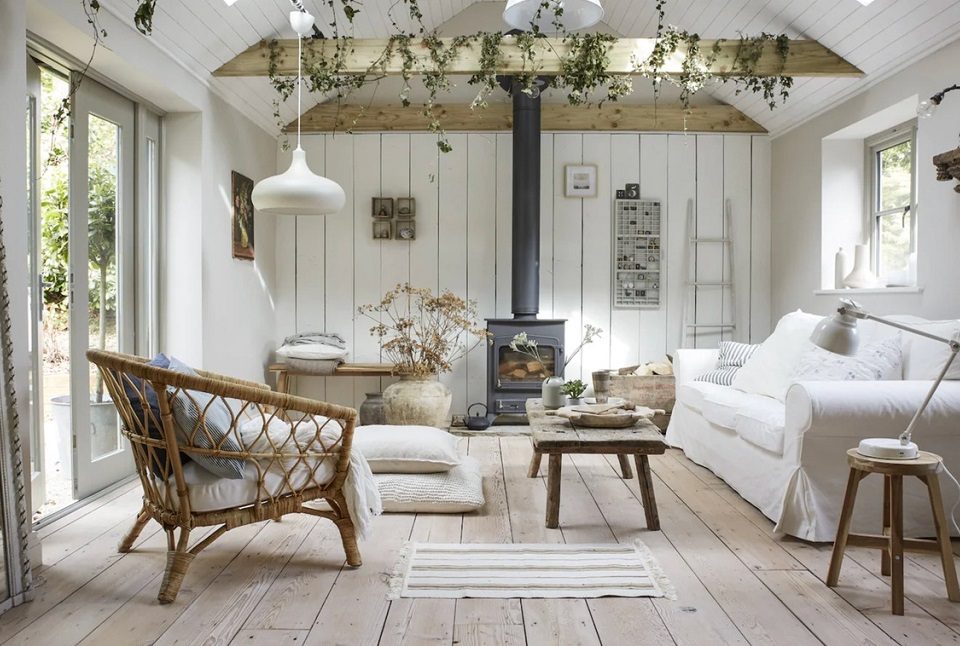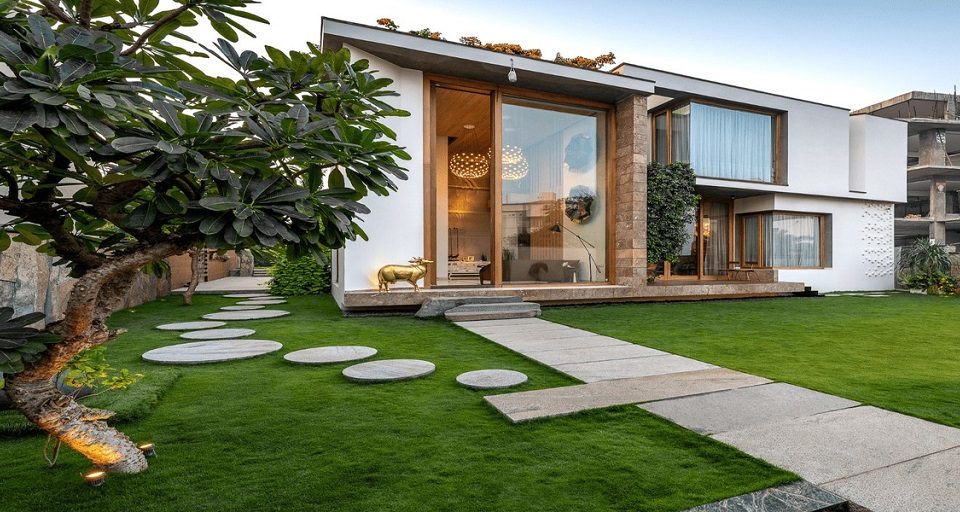Why Architects Should Plan For Natural Elements in Their Designs

Making your Christmas Kinder to the Planet
October 12, 2022
7 Steps to perfecting your wedding day
October 16, 2022Incorporating natural elements into the design of a building is a good way to create a healthy and aesthetically pleasing space. This practice requires careful technical planning and understanding of the local ecosystem. It also involves incorporating native plant communities into the design. To achieve this, it is helpful to have some knowledge of the plants native to the area and of the local ecosystems.

Nature provides many sources of inspiration for architecture. From materials to chemical processes, to shapes and stories, the natural world is an incredible source of inspiration for designers. As an architect, you should always look for relationships between the built environment and the natural world. Get more information on Poole Architects by visiting uxarchitects.co.uk/
One of the easiest ways to incorporate natural elements into architectural design is through the use of natural materials. This is because we often come into contact with natural materials on a daily basis, and using them in your design can bring that natural atmosphere into your space. For example, using wood and stone in a design will help create a harmonious connection between the user and the world around them. Buildings can incorporate stone sculptures, plants, or water to provide a sensory experience. They can also add visual or acoustic qualities to a building.

Another way to incorporate natural elements into architectural design is to create a biomorphic building, a building that mimics natural forms. This type of architecture can be based on natural shapes or abstract ones. The result is an environment that connects humans with nature while minimizing environmental impact.
Warning: Trying to access array offset on value of type null in /home/speakyma/public_html/checkyourhud.com/wp-content/themes/betheme/includes/content-single.php on line 286


